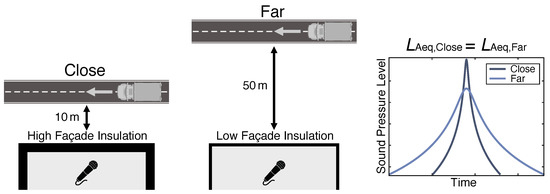2023-05-19 スイス連邦工科大学ローザンヌ校(EPFL)
◆研究者たちは、義肢に現実的な触覚を提供するために新たな感覚フィードバックを組み込むことに関心を持っており、その最新の研究では温度に焦点を当てています。彼らは、切断者の残存腕の皮膚に設置された熱電極(サーモード)を介して非侵襲的な温度フィードバックを提供することで、幻肢で温度を感じることができるようになりました。この技術は、EPFL、サンタンナ高等研究学院(SSSA)、Centro Protesi Inailの共同研究によって17人の患者のうち17人で成功裡にテストされました。結果はScience誌に掲載されています。
<関連情報>
- https://actu.epfl.ch/news/amputees-feel-warmth-in-their-missing-hand/
- https://www.science.org/doi/10.1126/science.adf6121
上肢切断者の自然な温度感覚を回復させる Restoration of natural thermal sensation in upper-limb amputees
Francesco Iberite,Jonathan Muheim,Outman Akouissi,Simon Gallo,Giulio Rognini,Federico Morosato,André Clerc,Magnus Kalff,Emanuele Gruppioni,Silvestro Micera and Solaiman Shokur
Science Published:18 May 2023
DOI:https://doi.org/10.1126/science.adf6121

Editor’s summary
Recent advances in prosthesis development for upper-limb amputees have shown that it is possible to restore touch sensation using different approaches. However, current technologies do not allow the restoration of thermal sensation. To provide upper-limb amputees with a more natural feeling, Iberite et al. developed a noninvasive wearable device able to restore thermal sensation by delivering thermal stimuli in sensitive areas of the residual limb. Using this approach, they were able to elicit thermal phantom sensations. The amputees were able to discern different thermal stimuli reliably and consistently. The restoration of thermal sensation, in combination with existing technologies, will contribute to providing a close-to-natural experience in prosthesis users. —Mattia Maroso
Abstract
The use of hands for gathering rich sensory information is essential for proper interaction with the environment; therefore, the restoration of sensation is critical for reestablishing the sense of embodiment in hand amputees. Here, we show that a noninvasive wearable device can be used to provide thermal sensations on amputees’ phantom hands. The device delivers thermal stimuli to specific regions of skin on their residual limb. These sensations were phenomenologically similar to those on the intact limbs and were stable over time. Using the device, the subjects could successfully exploit the thermal phantom hand maps to detect and discriminate different thermal stimuli. The use of a wearable device that provides thermal sensation can increase the sense of embodiment and improve life quality in hand amputees.


